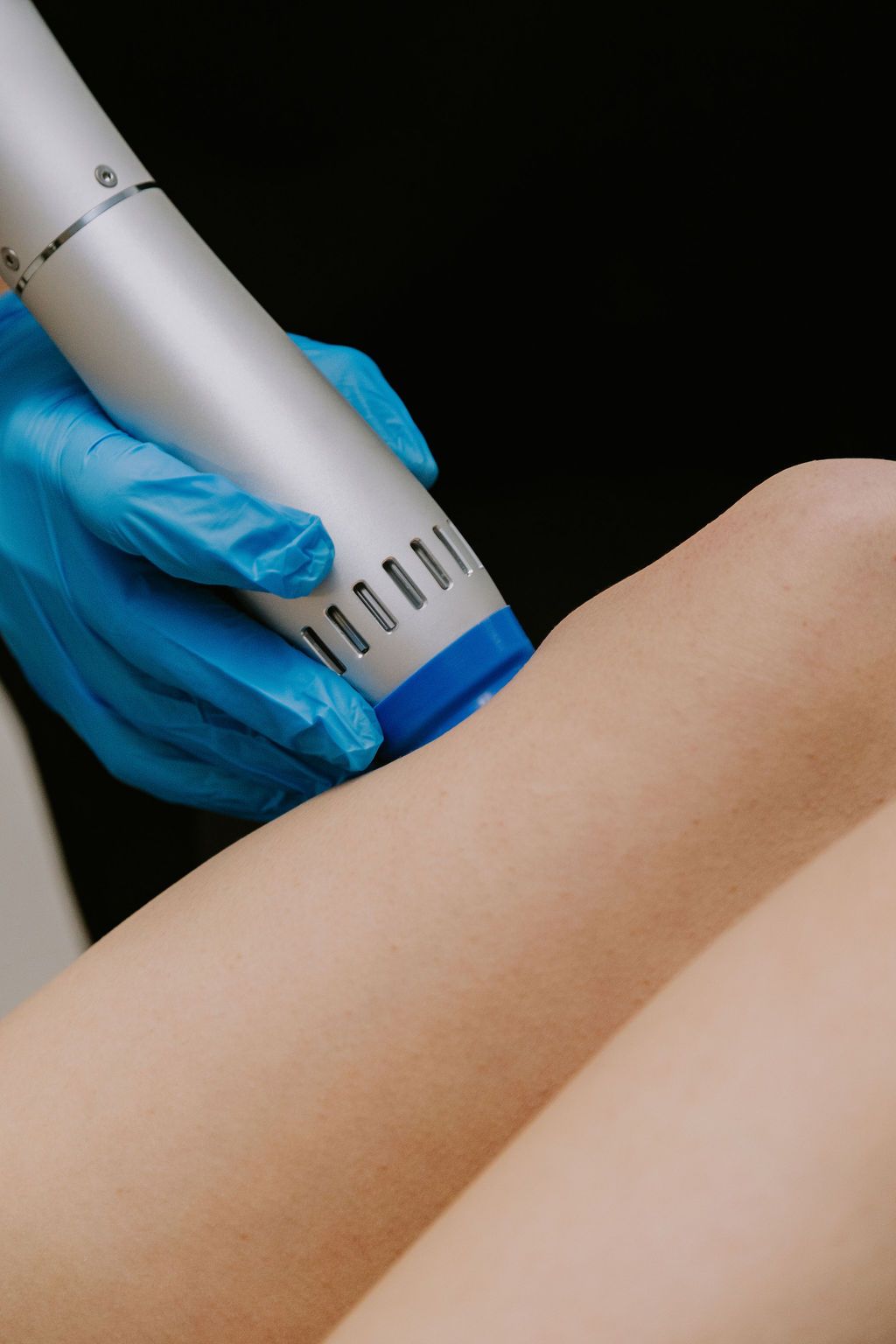Sports Injury Albuquerque, NM
ASSESS, PROGRESS, REGENERATE (APR)
ASSESS
Take advantage of our comprehensive intake evaluation Focused orthopedic testing of the injured area Global observations of movement Diagnostic ultrasound Sports performance testing
PROGRESS
- Full-scale soft-tissue treatment and management
Our approach to soft-tissue work is very holistic in nature. We carefully assess all aspects of movement and determine the best soft-tissue approach for your condition. We take into consideration the unique presentation between muscle, tendon, ligament, nerve, and fascia. Once the target tissue has been identified, we are able to apply the most appropriate intervention to reduce pain and improve function.
- Full body joint manipulation techniques
Joint manipulations, commonly referred to as adjustments, involve a quick but small thrust into a joint to provide pain relief and improve joint mobility. It is oftentimes, but not always, accompanied with an audible “click” or “pop” sound. Manipulations are primarily targeted to joints of the spine but are often applied to joints in the upper and lower extremity. Joint mobilizations are slower movements of a joint in a specific direction to reduce pain and increase range of motion.
- Individualized functional exercise approach
When it comes to rehabilitating an injury, no two clients are the same. Focusing on what movements work best for you enables us to create a homecare routine that is both effective and efficient. The era of spending two hours a day doing sheets full of stretching and band work is long gone. Modern techniques employ specific exercises designed to elicit a very specific response. Rehab layered with smart strength and conditioning is the approach to which nearly all injuries respond best. Finding this sweet spot is what separates us from the rest of the field. - Thoughtful reconditioning and return-to-play process. Our five-step process helps athletes understand exactly where they are in the rehab process. In the realm of sports injury, we take a joint-based approach:
- Can we get to a point where orthopedic testing of the injury is no longer painful?
- Can we get in and out of movements required by your sport pain-free?
- Can you perform sport-specific movements in the absence of pain?
- Can you perform your sport at the speed and duration required to compete?
- Are you mentally prepared to return to your sport?
- Collaboration with sport coaches and other physicians
Because our return-to-play approach is so systematic, we can clearly communicate with all parties involved in your care. Physicians are usually concerned with steps 1 and 2 of the return-to-play process and want to make sure their athletes are progressing appropriately. Sport and skill coaches enter the picture during steps 3 and 4 of the process. In step 5, we make sure that you have the confidence you need to return to play. While sport psychology is not in our particular scope of practice, we can certainly help facilitate any further care as needed.

REGENERATE
(NON-SURGICAL ALTERNATIVES)
- Cortisone injections
At Propel HP, we use “steroids” for two reasons: 1) to ease pain and inflammation quickly after injury, and 2) as a diagnostic tool to predict location for regenerative approach (a better long-term solution).Cortisone shots are applied directly into the area or joint involved. There are times when medication will be injected into a large muscle to get it into the bloodstream. In some parts of the body, the injection often includes a local anesthetic (pain reliever) to start easing pain quickly. In these cases, cortisone is typically injected into one of three areas: joints, tendons, or bursae (fluid-filled sacs that act as cushions between joints, tendons and bones).
- Platelet-rich plasma injections
Platelet-rich plasma (PRP) therapy is a form of regenerative medicine that can harness the body’s natural ability to heal itself. PRP uses those abilities to amplify the natural growth factors your body uses to heal tissue. PRP injections are prepared by drawing out one or more tubes of your own blood. The blood is then put into a centrifuge to concentrate the platelets and then those platelets are injected directly into the injured or damaged body tissue. This process releases natural growth factors that stimulate and increase the number of cells your body produces to repair these tissues.
- Peptide therapies
Peptides are essentially small pieces of protein that naturally occur in the body. At times, the body may not make enough of a certain peptide that is needed to recover from injury. Because of this, peptide therapy has been used to help with a variety of conditions enhancing performance in the body. Peptides therapy is not a hormone therapy. Peptides can be used alongside existing hormone therapy. Peptides are a key factor in cell signaling and function and are important for certain physical therapies. Some commonly used peptides include BPC-157 read more, GHK-CU read more, and TB-500 read more.

